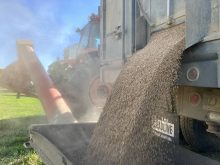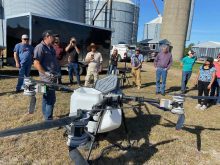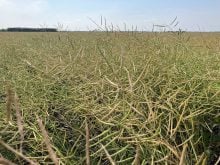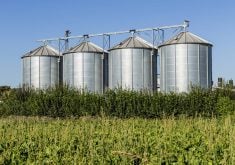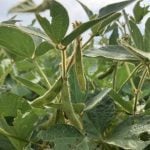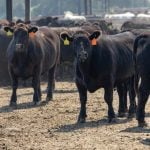Despite record yields, improved trade access and enhanced competitiveness in domestic transportation services, 2024 and early 2025 will be remembered as chaotic for Canada’s soybean industry.
Brian Innes, Soy Canada’s executive director, opened the organization’s recent annual meeting by describing the current international trade environment as unprecedented, unpredictable and volatile.
But he shared some good news for the future.
Read Also

Manitoba boosts stake in cereals centre to $23.5 million
Premier Wab Kinew said the additional project funds will help ‘Trump-proof’ the provincial economy.
At the meeting, Innes outlined an in-depth review of the current state of Canada’s soy industry and its position in the global market, along with his predictions for the future.
He said what stood out amid the chaos is Canada’s reputation as a trusted and reliable supplier of soybeans, attracting the attention of existing and potential trade partners from around the world.
“Our role as a national organization in this seeming chaos — bringing our value chain together to be effective when engaging with governments in our export markets and meeting market requirements can pay dividends,” said Innes, reminding meeting attendees that 70 per cent of Canadian soybean production is exported every year, and that soybeans rank in the top three most valuable crops in the country.
WHY IT MATTERS: Canada’s soybean sector, like other export-heavy agricultural commodities, is trying to navigate an uncertain trade landscape.
During the meeting, Innes presented solutions that could position Canadian soy for success on the international stage and here at home. He pointed to the success of the Sustainable Canadian Soy program as a tool that is already increasing demand from global buyers who are eager to source verifiable Canadian-grown soybeans.

Now in its second year, the Sustainable Canadian Soy program includes six exporters. Innes believes this program can be leveraged as a tool that’s made the production and export of verified soybeans easier for farmers and exporters to provide global customers with what they want.
“As the program continues to grow — in the number of participating exporters, volume of soybeans produced, and demand for verified soybeans — so will the opportunities across the entire Canadian value chain,” predicts Innes.
When it came to addressing global volatility and the direct impact the industry is feeling — including the instability of markets, transportation networks and trade policy — Innes said he feels certain that “we are in a good position to step carefully and purposefully forward as a country and an organization.”
Looking ahead, Innes said Soy Canada will continue working diligently to ensure Canada is a supplier of choice for international customers and their governments. He believes that by highlighting the stability of Canada’s soy industry, the country can — and is already beginning to — serve as a beacon of reliability in an otherwise uncertain world.
“I’m optimistic we can seize opportunities that we’ve already fostered with global customers who are looking for stability and predictability. Canada can be the supplier that is trusted and reliable — and not everyone can say this,” he said.
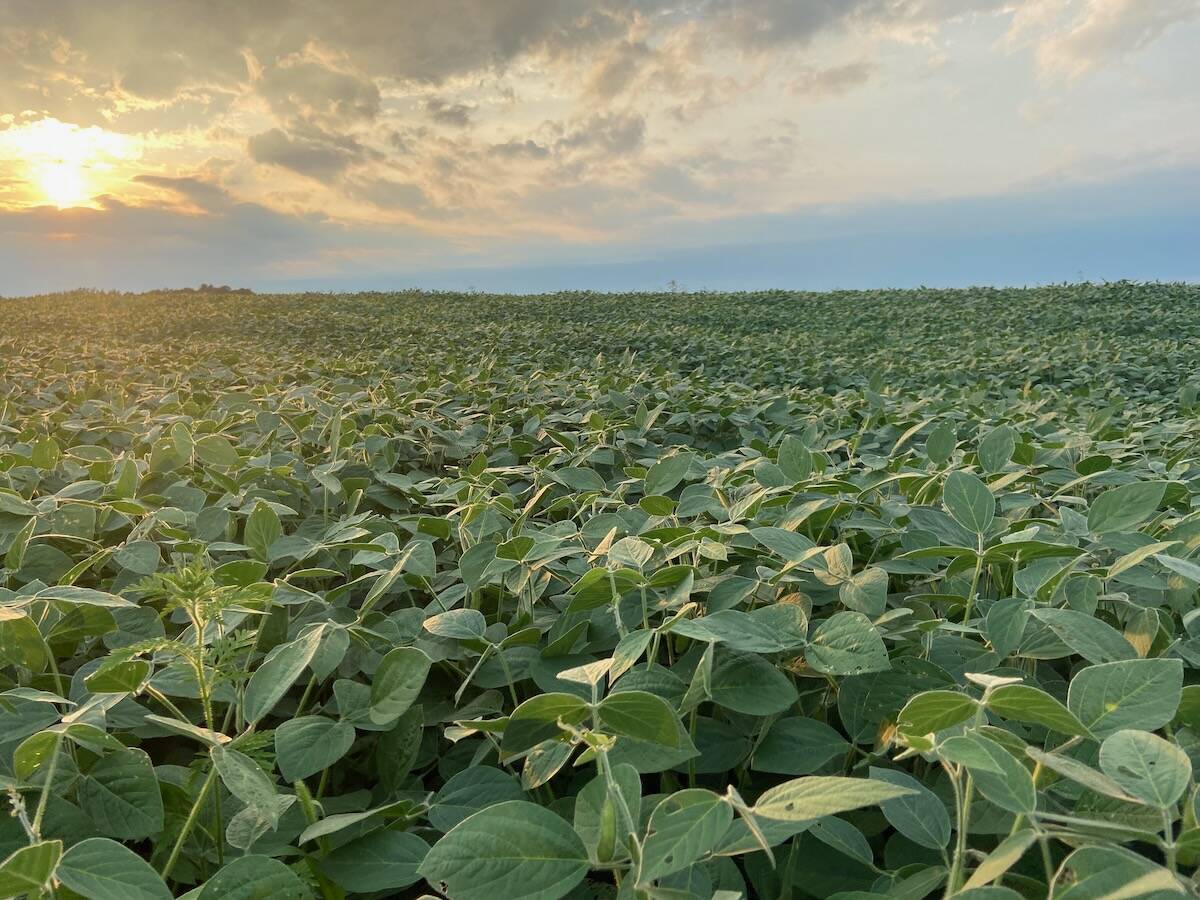
Soy Canada’s outgoing market development mission is an example of how the industry was able to connect with customers, foster business and work together to demonstrate the value of Canadian soy and the benefits of doing business with Canada. Innes said the latest mission, hosted in February 2025, was a success with the strongest level of engagement from Canadian farmers and exporters that reached more end users than ever before. “
The success of engaging with more than 220 customers in Japan and Indonesia as part of our trade mission says we’re on the right track to become the soybean supplier of choice,” he said.
Embracing change
Remaining optimistic in the face of uncertainty is important, but change is inevitable and Innes said Soy Canada must continue strengthening and building upon its core pillars of leadership, research, market development and access, trade policy and research.
He said the organization is positioned to step forward and adapt to change while keeping the foundation that created Canada’s reputation for world class soybean varieties during this time of vibrant change.
During the meeting, a change of leadership came with members voting for the 2025-2026 Soy Canada board of directors and the new board also voted in a new chairperson. Outgoing chair Jason McNaughton who represented food grade exporters welcomed the incoming chair, Jeff Barlow from Grain Farmers of Ontario.
Meeting attendees also heard from keynote speaker, Alain Berard, senior director development, real estate and environment with the Port of Montreal, who echoed the theme of the event by sharing how resiliency and efficiency make Montreal a valuable port for Canadian soybean exports.
“Despite our current global environment, Canada is in a position to step forward and align what we do across our soy value chain with what our customers value,” said Innes.
“This has always been our approach, and it’s our reputation and ongoing efforts that are helping Canada stand out amid the noise and uncertainty.”



